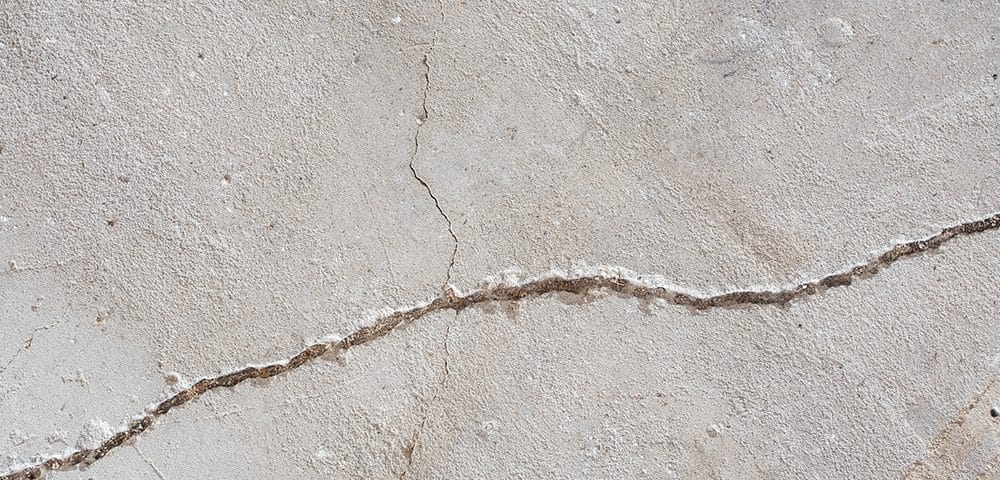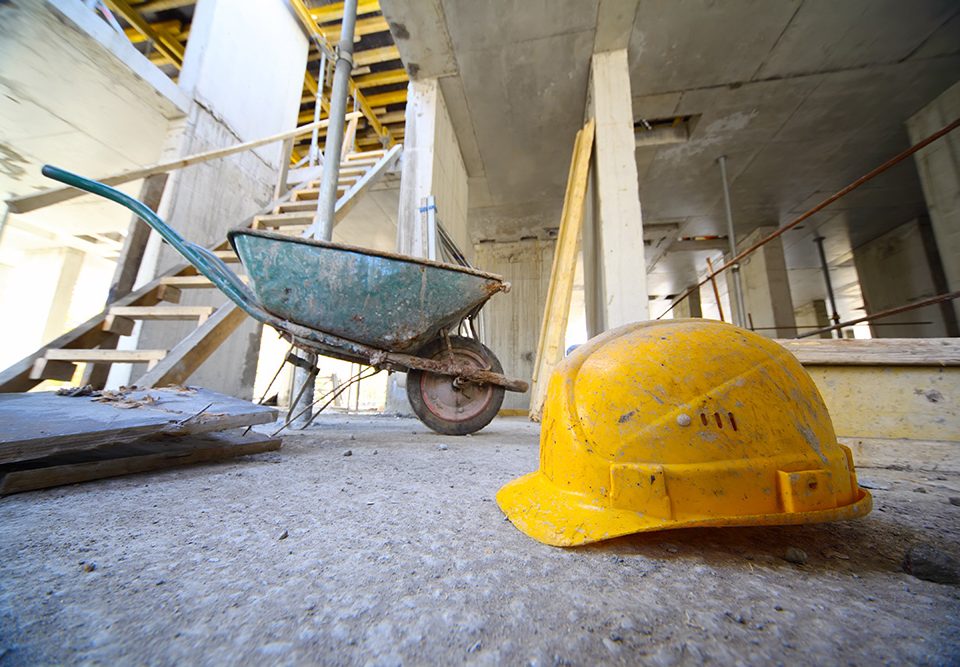- 12299 Mead Way, Unit C, Littleton, CO 80125
- (303) 883-3322
- info@cretejack.com
Why Polyurethane Foam Jacking is Better Than Mudjacking

Problems Our Concrete Lifting Can Fix
November 9, 2018
Important Concrete Care Tips
December 7, 2018Concrete in Denver does not have the easiest life. From exposure to salt and sand, to the large temperature swings between freezing and above freezing, Denver concrete is put through a lot. That is why it is no surprise that the concrete around your Denver home may need to be repaired over time. Thankfully, there is a relatively easy and cost-effective way to prolong the life of your home’s concrete.
You may have heard about mudjacking, a process of injecting a concrete slurry underneath sunken or cracked slabs to try and lift it back into place. While an effective process, it has been around for a long time, and something new has come along – polyurethane foam jacking. While this process has been used for awhile in commercial locations, it has just recently been translated into the residential industry, for good reason. Polyurethane foam jacking is far superior to mudjacking, for a few reasons.
Weight
One of the biggest assets of polyurethane foam is just how light it is. Due to its nature, the foam is significantly less heavy than the concrete slurry used in mudjacking. Polyurethane foam weighs just 3-4 pounds per cubic foot. Compared to the 100-150 pounds per cubic foot of mudjacking, polyurethane foam is much less likely to adversely affect the soil around it, meaning your repair job should last longer than a mudjacking repair.
Less Obtrusive
Another great feature of polyurethane foam is the diameter of the hole that’s required to inject the foam. The polyurethane foam is designed to expand, filling in all the air space it encounters before stopping. This means foam injected from a small site can expand and cover the same distance – if not more – than the concrete slurry injected by mudjacking. Polyurethane foam needs to use a hole that is only ⅝” in diameter – the size of a penny. Mudjacking, on the other hand, needs a hole 1” – 2” in diameter – the size of a pop can.
Fast Turnaround
One of the biggest detriments to mudjacking is the amount of time needed for it to cure. Much like an original concrete pour, mudjacking needs a few hours – if not days – to fully harden and be usable. In instances where you are lifting the concrete of your driveway, not being able to use it immediately can cause quite a hassle!
Polyurethane foam lifting, on the other hand, can be used almost immediately after the project is completed. Just minutes after finishing, your concrete can be used and driven upon, significantly decreasing the impact this repair will have on your everyday life.
Water Resistant
CreteJack uses Hyrdophobic Geo-Polymer foam, a fancy word meaning that the foam is water resistant. This is better than the concrete slurry used in mudjacking, because it is unable to be affected by groundwater. The polyurethane foam cannot be washed out or dug into by rodents. Additionally, the polyurethane foam can be injected into an already saturated ground, meaning your concrete lifting project can be done in the rainy season, without any fear of the project not taking. This water resistance will also prolong the life of the repair.
Bottom Line
The polyurethane foam we use here at CreteJack is a far more superior product than what is used in mudjacking. Our operation is a simple three-step process, where we drill a small hole, pump in the foam, and then patch it up. If you are looking for a concrete lifting procedure in the Denver area, look no further than us.
If you are ready to get started, please do not hesitate to reach out to us by either filling out our easy online form or by calling us at (303) 883-3322 today!



